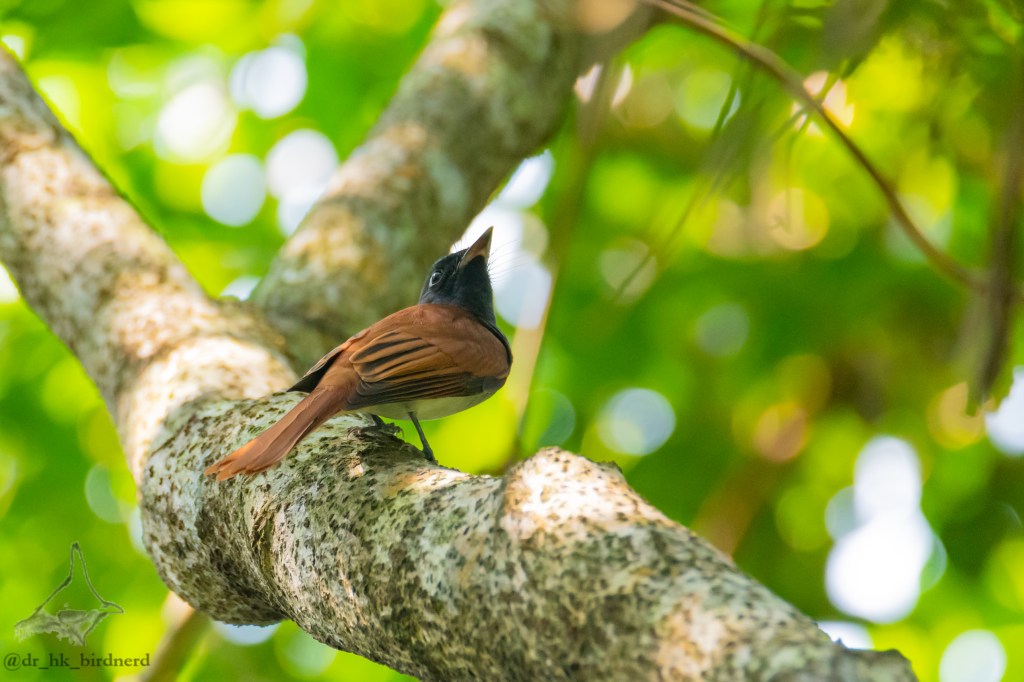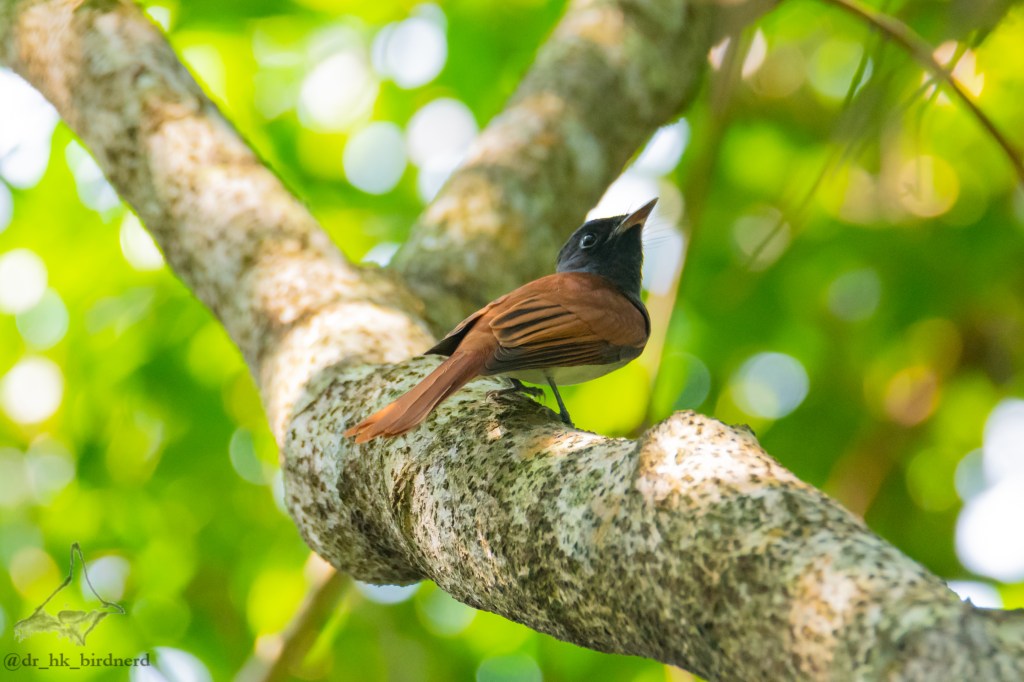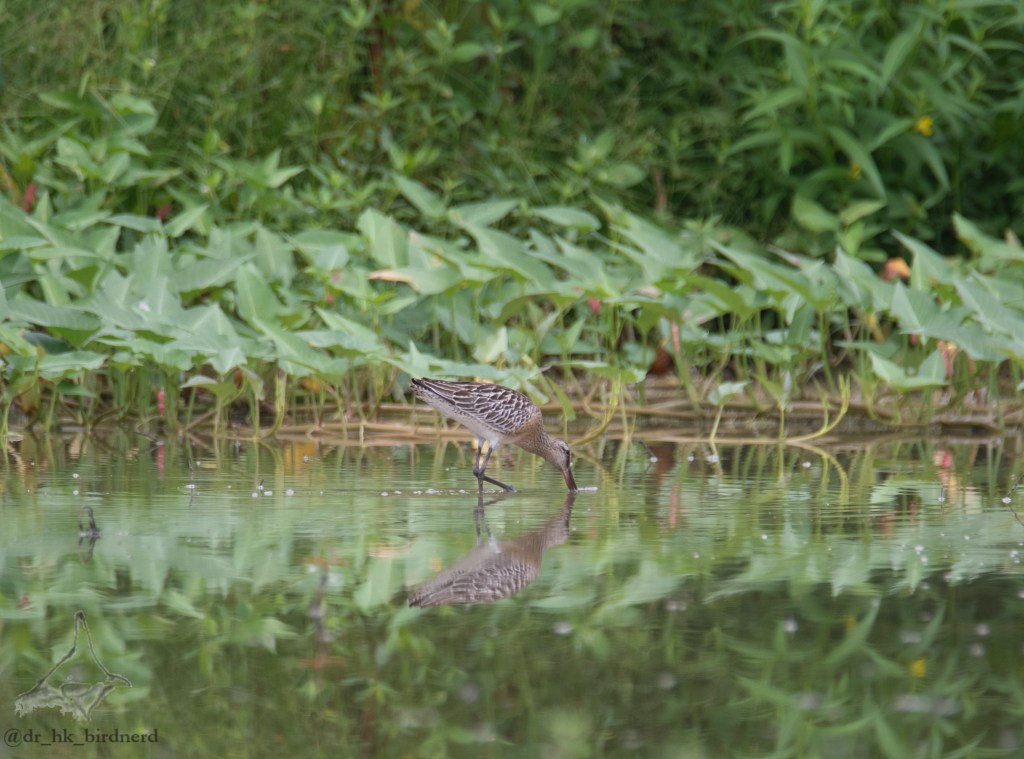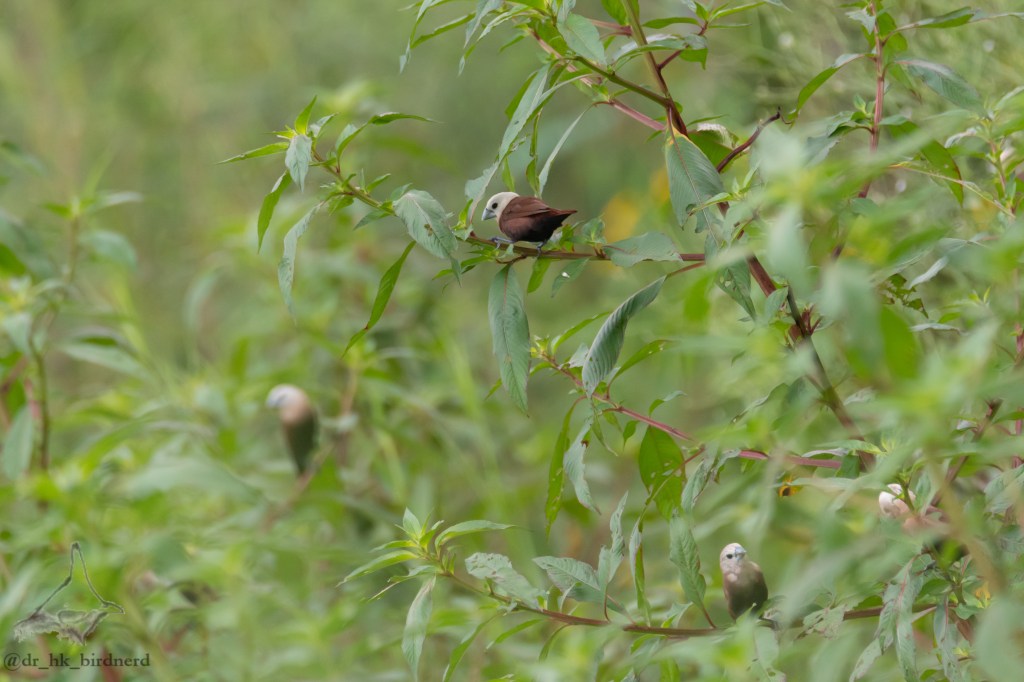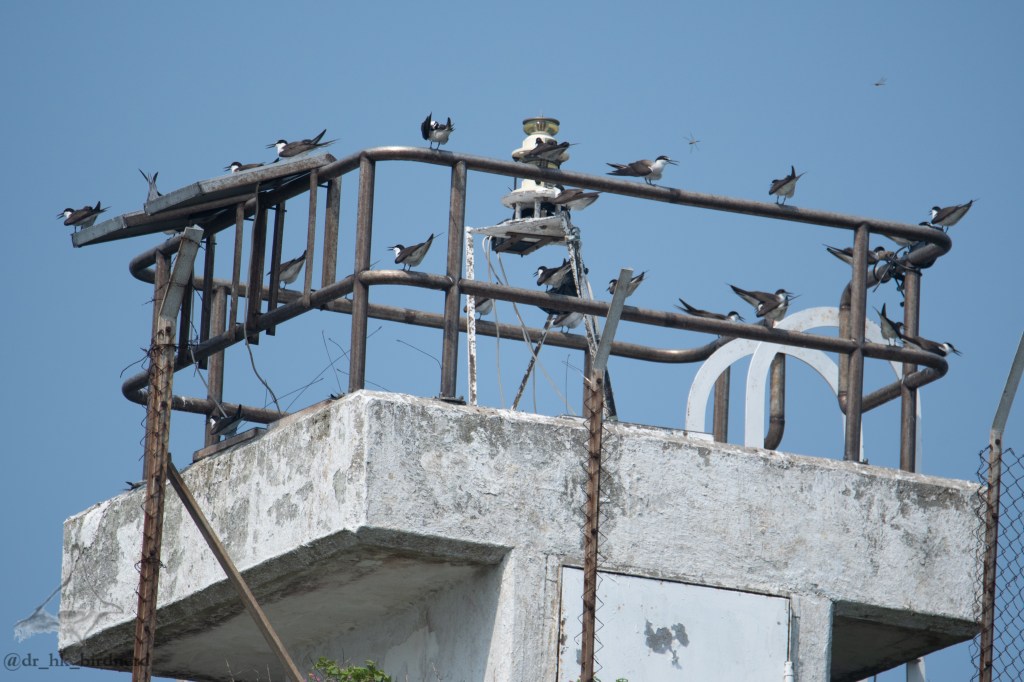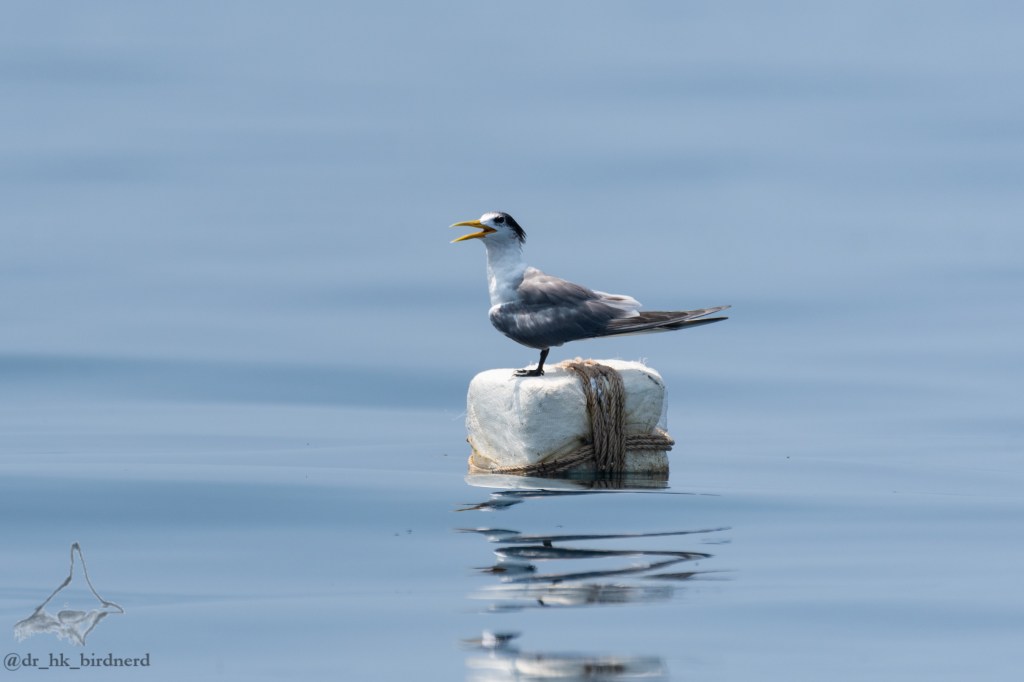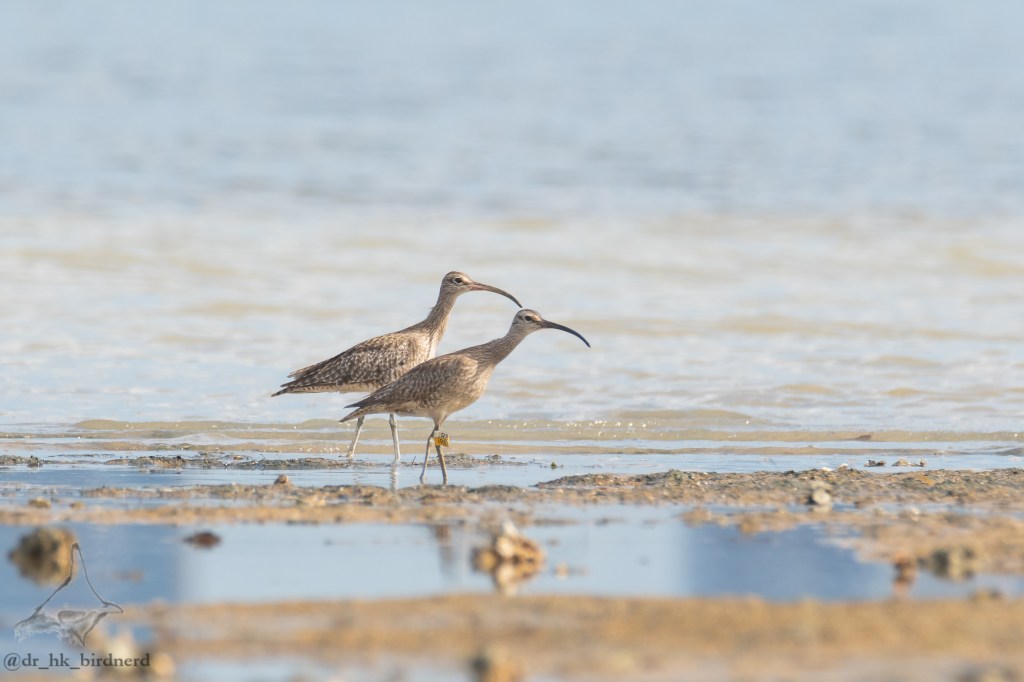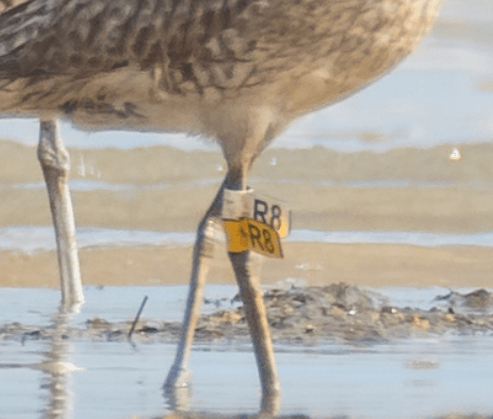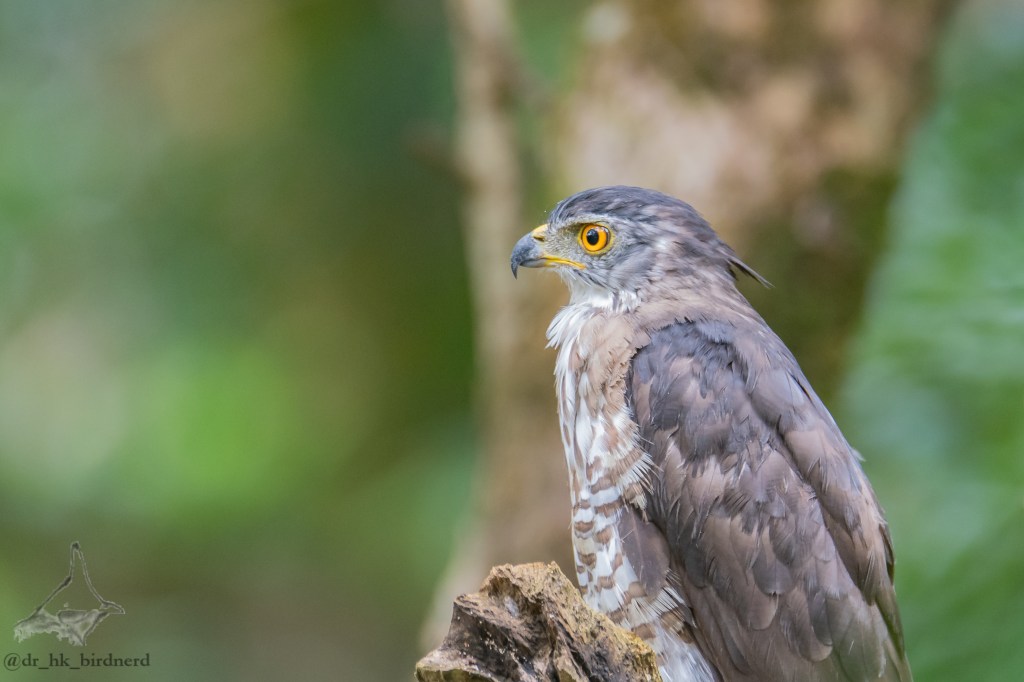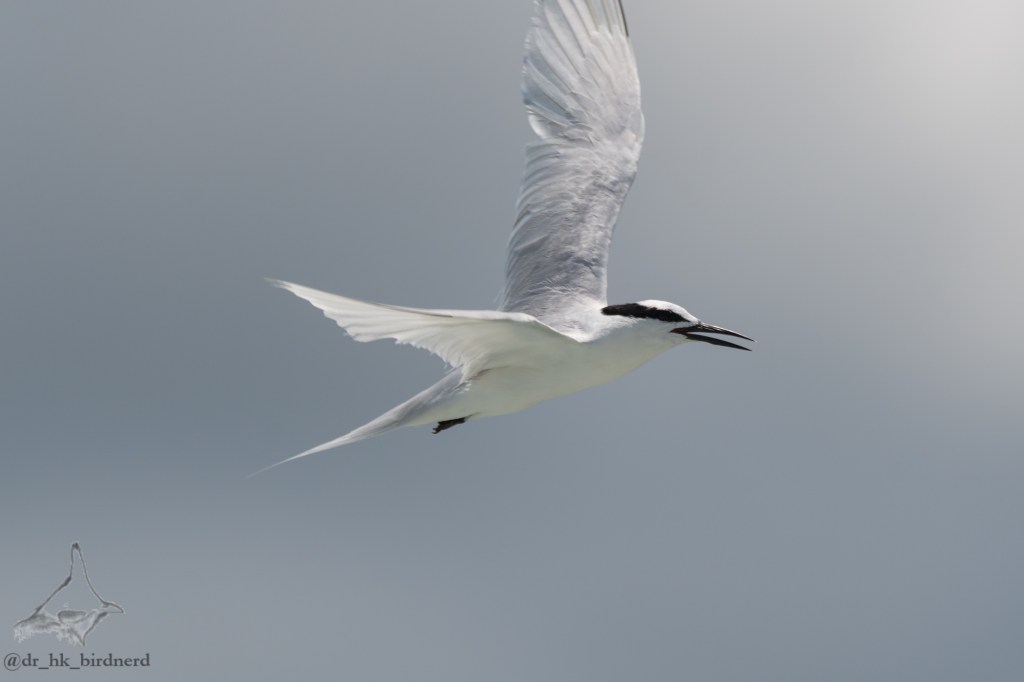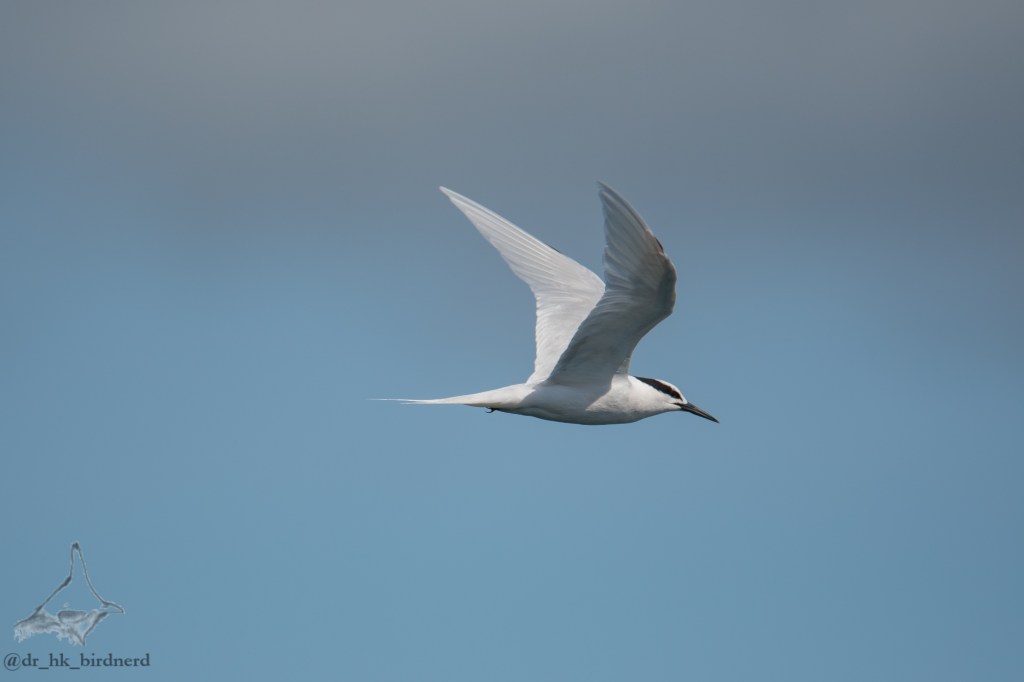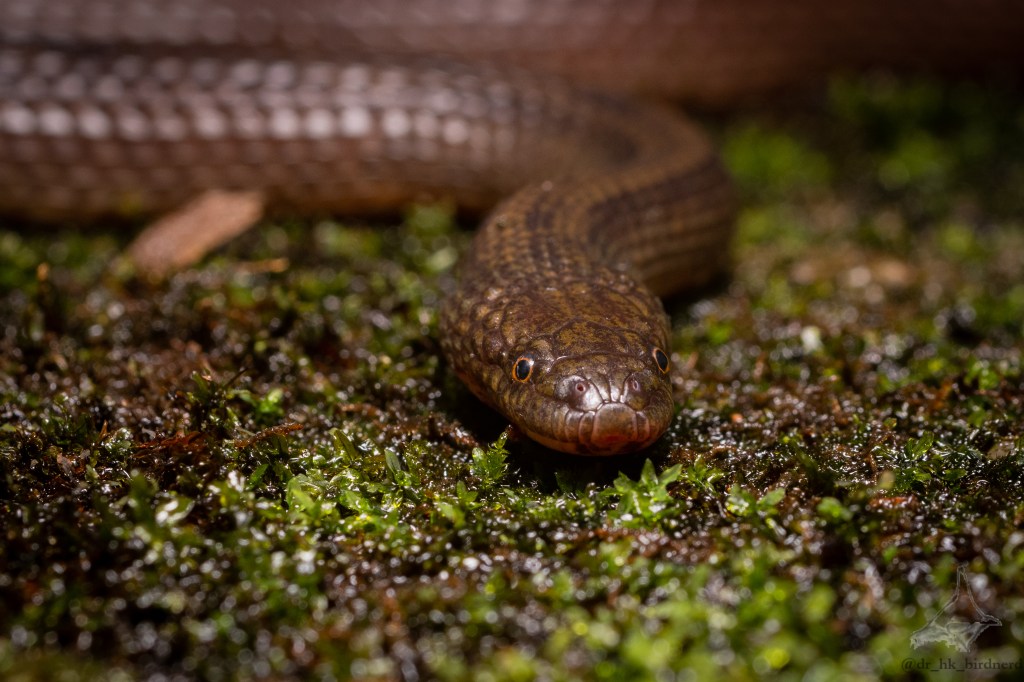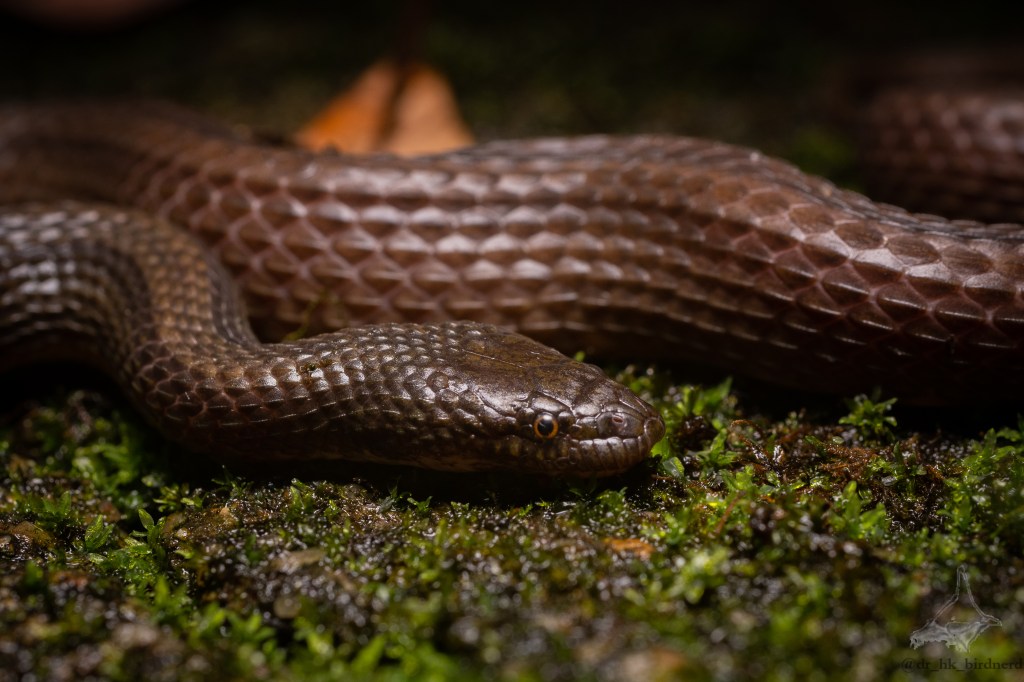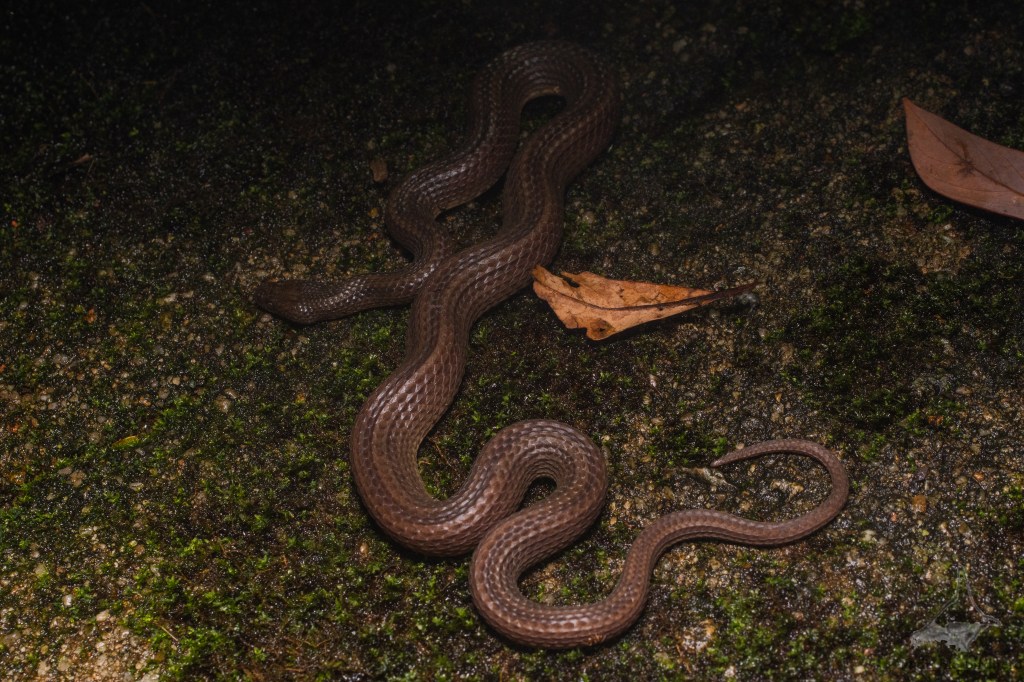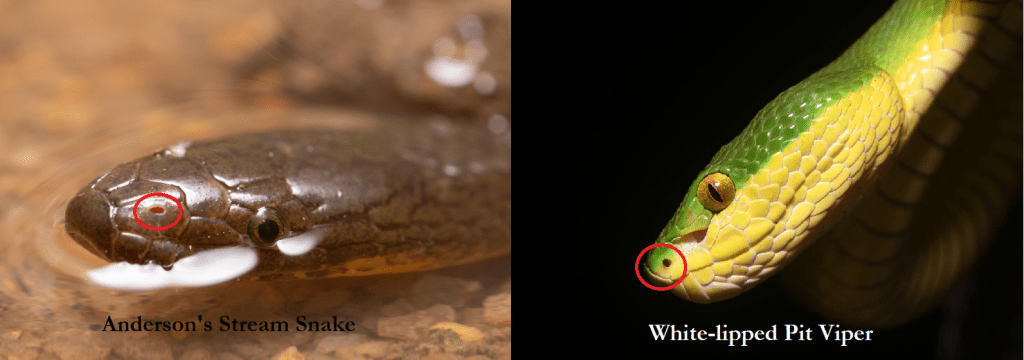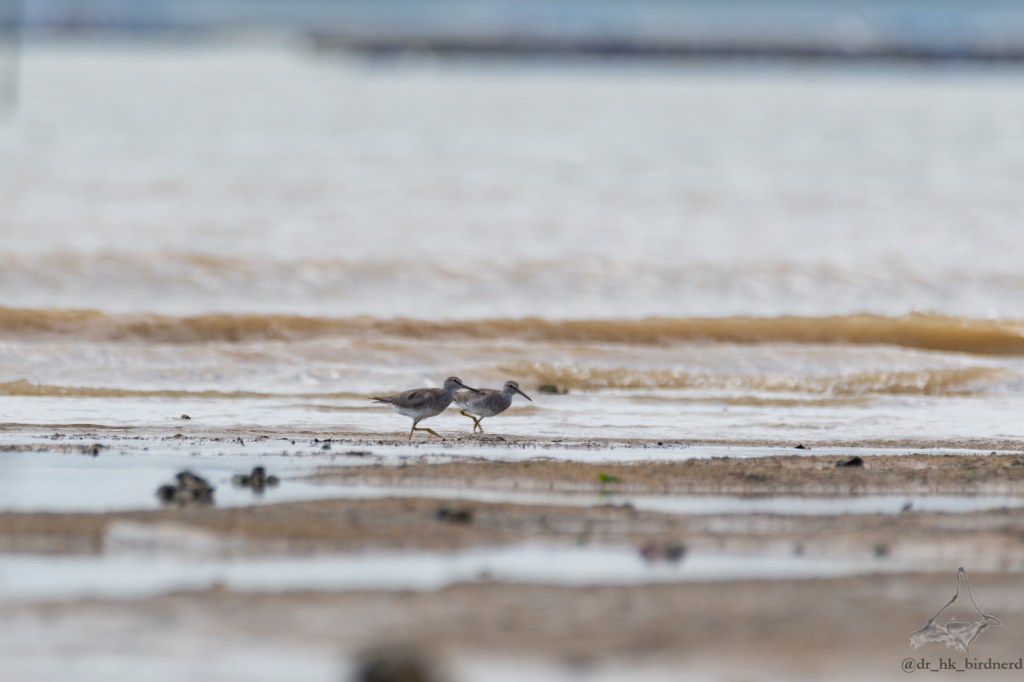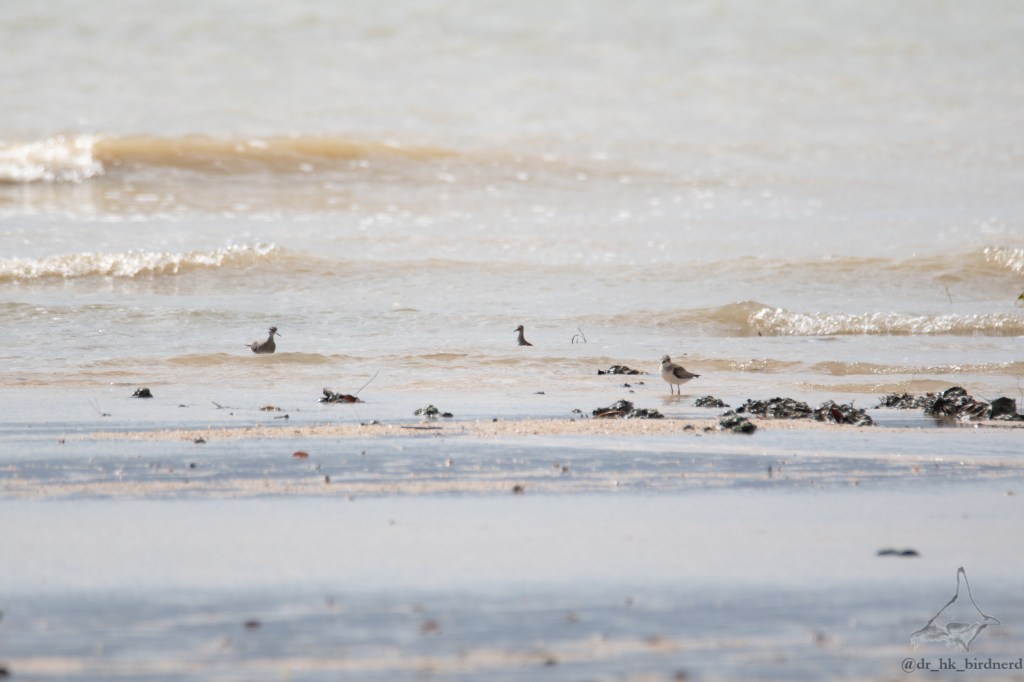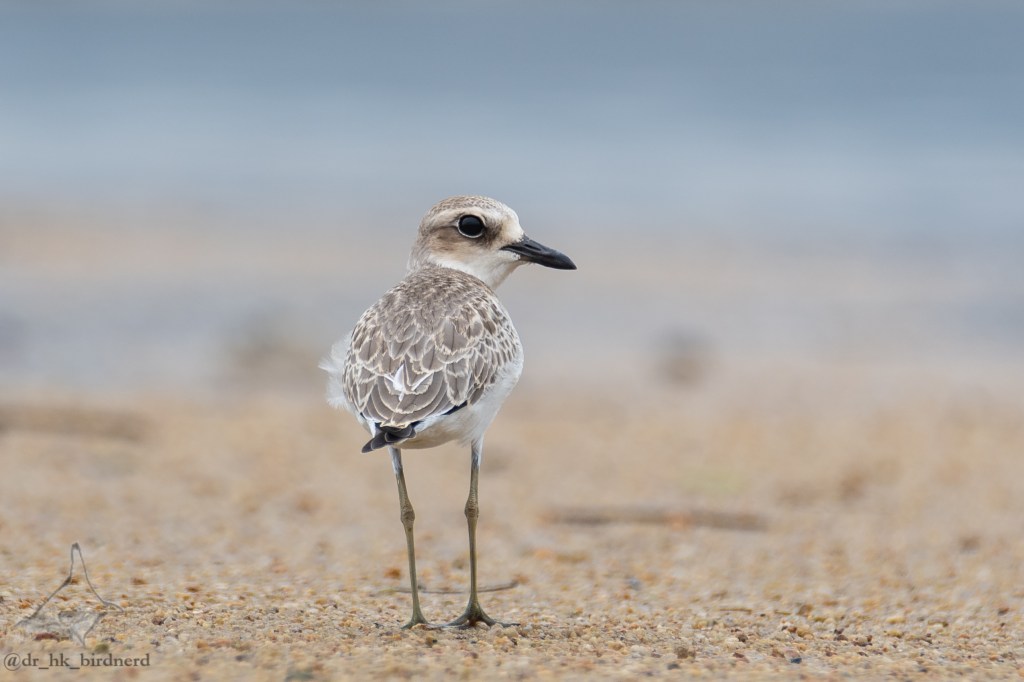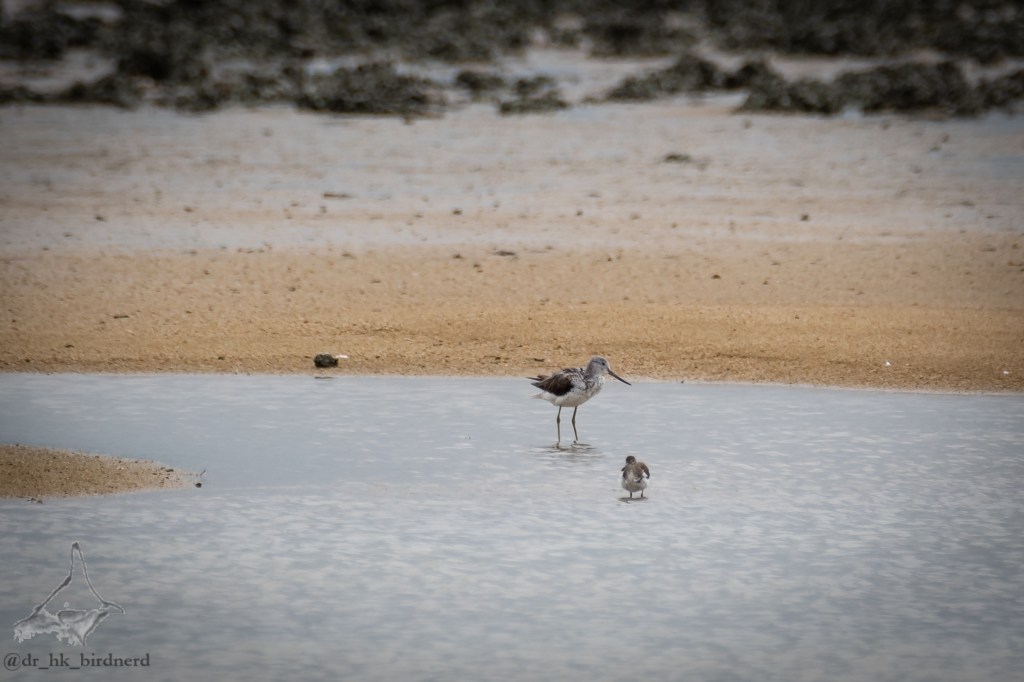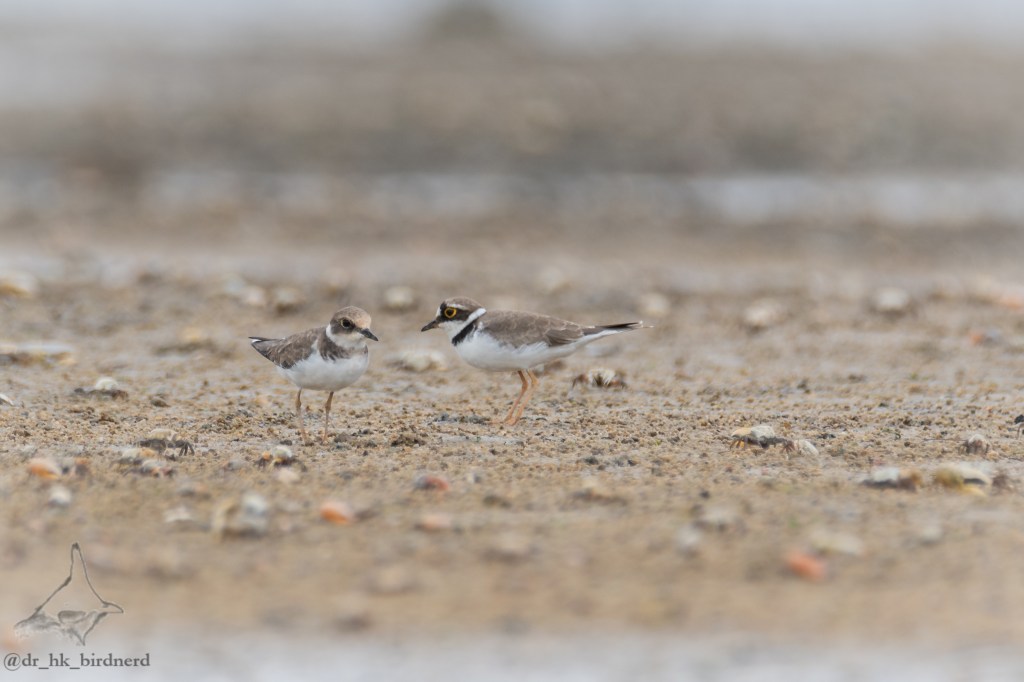
Today I visited Sai Kung with a friend to try and track down the Amur paradise flycatcher. I haven’t done much birding in Sai Kung because it’s just so far away, but I decided to make the trip anyway just because there have been so many reports of these birds around, and I’m very glad that I did.

Amur paradise flycatchers typically make their way through Hong Kong on their way further south from the end of August to early September. Last year I did managed to catch one in a bird wave, but I wasn’t very satisfied with the only photo I managed to take.
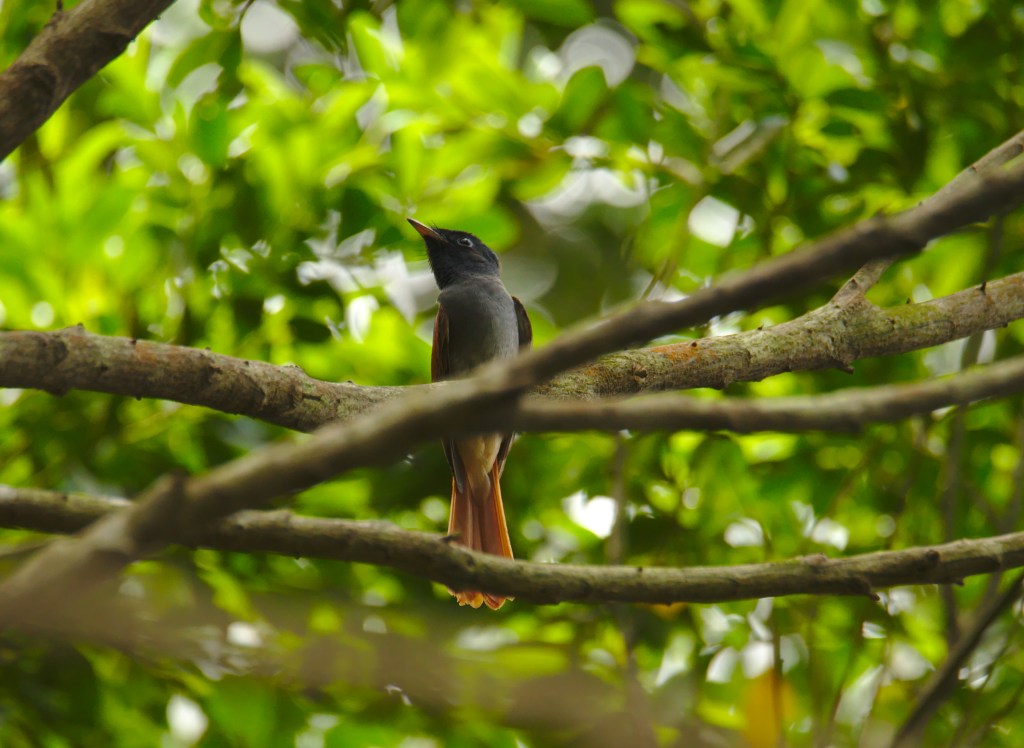
Today I had much better luck and was able to get more shots (we saw a total of 3), but still I’m not fully satisfied. I hope to have a few more tries before they all depart.
But that wasn’t even the whole of our luck. We also found a brown-breasted flycatcher, although the photo was only just barely enough to successfully identify it.
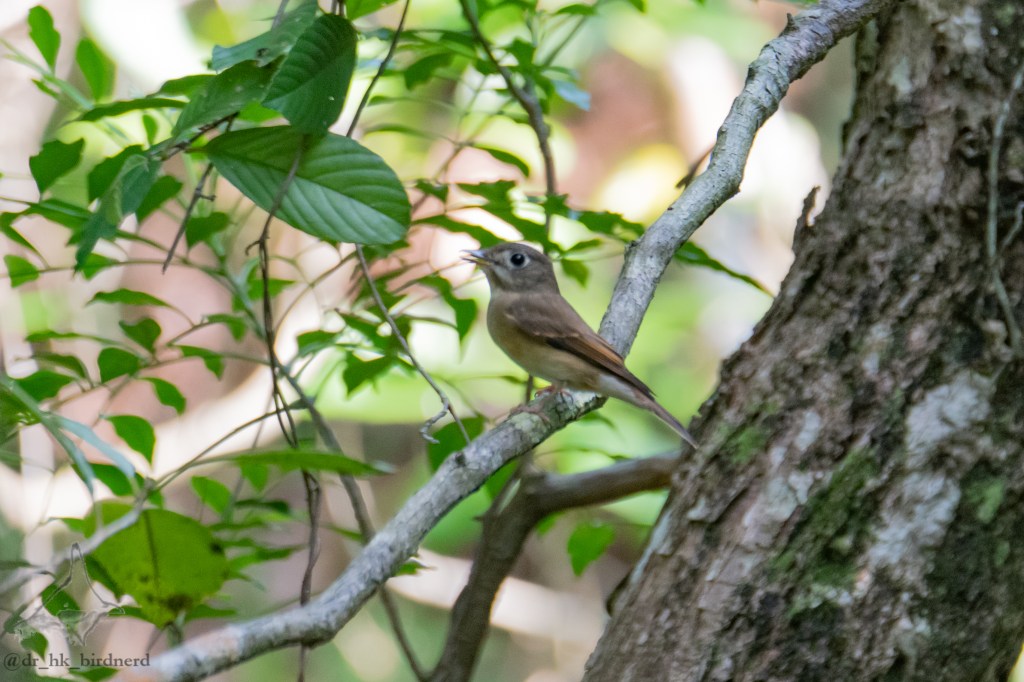
Another good find was an arctic warbler. These are not terribly common in Hong Kong, though they are regular migrants and visitors.

A final bird of note perhaps only for me was the white bellied erpornis. I hadn’t ever seen or heard of this bird before, but they were regulars in most of the bird waves we came across.
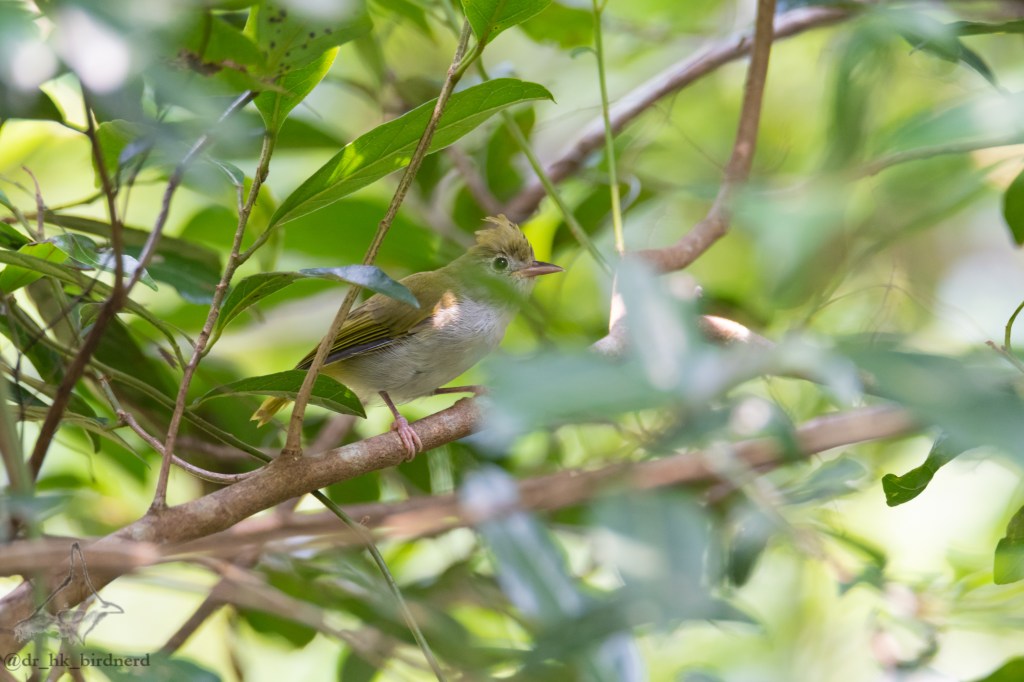
This was the only shot that I managed, and the leaf unfortunately photo-bombed it.
The Amur paradise flycatcher and the white-bellied erpornis have entries in my Hong Kong Bird Log.



